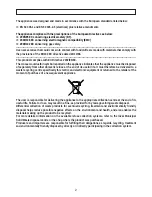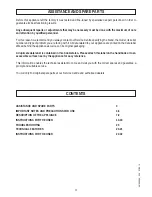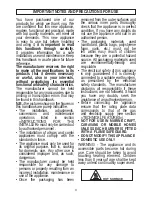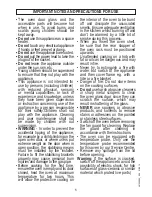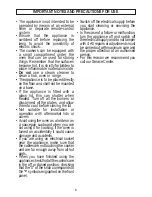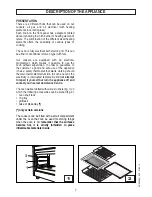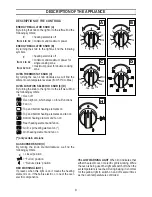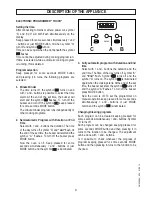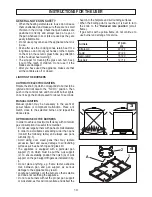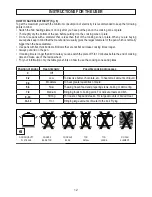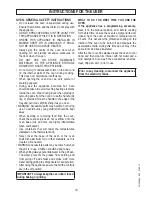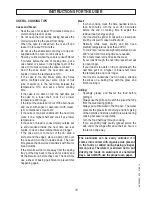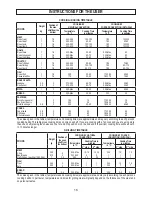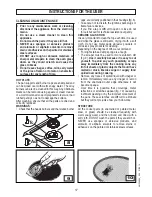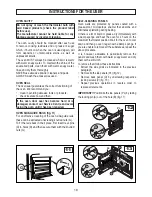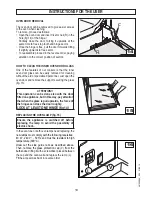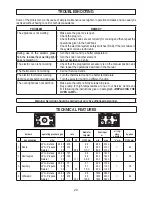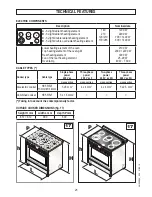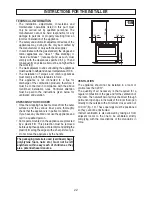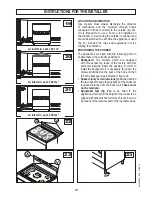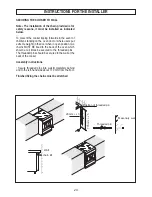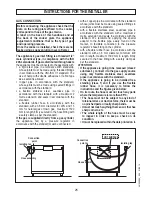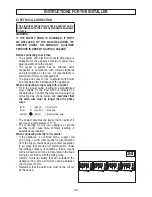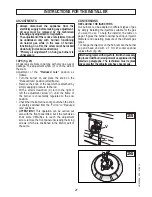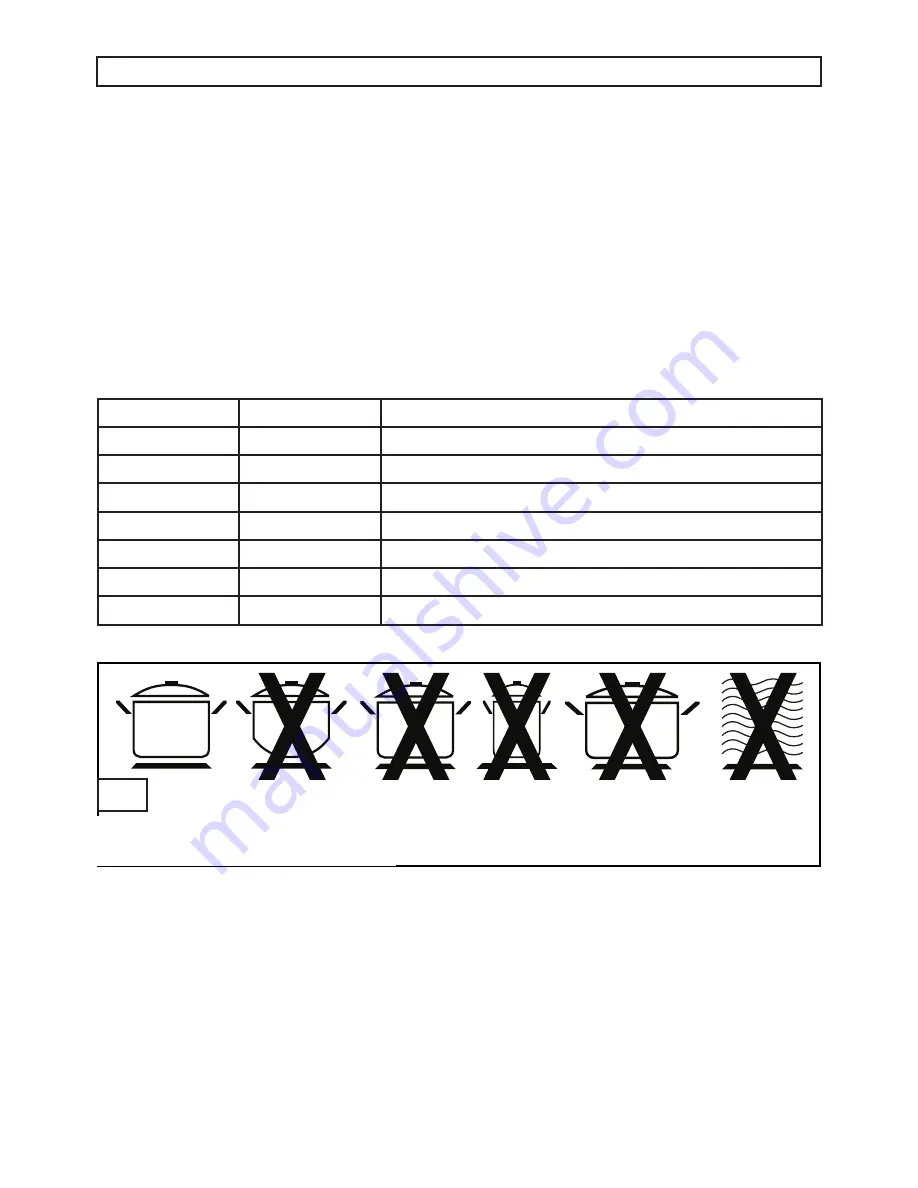
12
6
INSTRUCTIONS FOR THE USER
HOW TO SAVE ELECTRICITY (fig. 6)
To get the maximum yield with the minimum consumption of electricity it is recommended to keep the following
points in mind:
• Switch the hob heating element on only after you have put the pan on the cooking zone or plate
• Thoroughly dry the bottom of the pan before putting it on the cooking zone or plate.
• Do not use pans with a diameter that is less than that of the cooking zone or plate. When you are buying
saucepans keep in mind that the manufacturer usually gives the largest diameter of the pan which is normally
bigger than the base diameter.
• Use pans with flat, thick bottoms. Bottoms that are not flat will make cooking times longer.
• Always put a lid on the pan.
• If cooking time is longer than 40 minutes you can switch the plate off 5 to 10 minutes before the end of cooking
time and make use of the residual heat.
• For your information only, the table gives hints on how to use the cooking zones and plates.
Position of knobs
Heat intensity
Possible cooking processes
0
Off
1-2
Low
To dissolve butter, chocolate, etc. To heat small amounts of liquid.
3-4
Moderate
To heat greater quantities of liquid.
5-6
Slow
Thawing frozen food and preparing stews, boiling or simmering.
7-8
Medium
Bringing foods to boiling point. For delicate roasts and fish.
9-10
Strong
For roasts, chops and steaks. For large amounts of boiled meat.
11-12
Hot
Bringing large amounts of water to the boil. Frying.
GOOD QUALITY
FLAT BASE
CONVEX
BASE TOO
CONCAVE
BASE
TOO
SMALL
TOO
LARGE
NO PAN
ELEMENT


